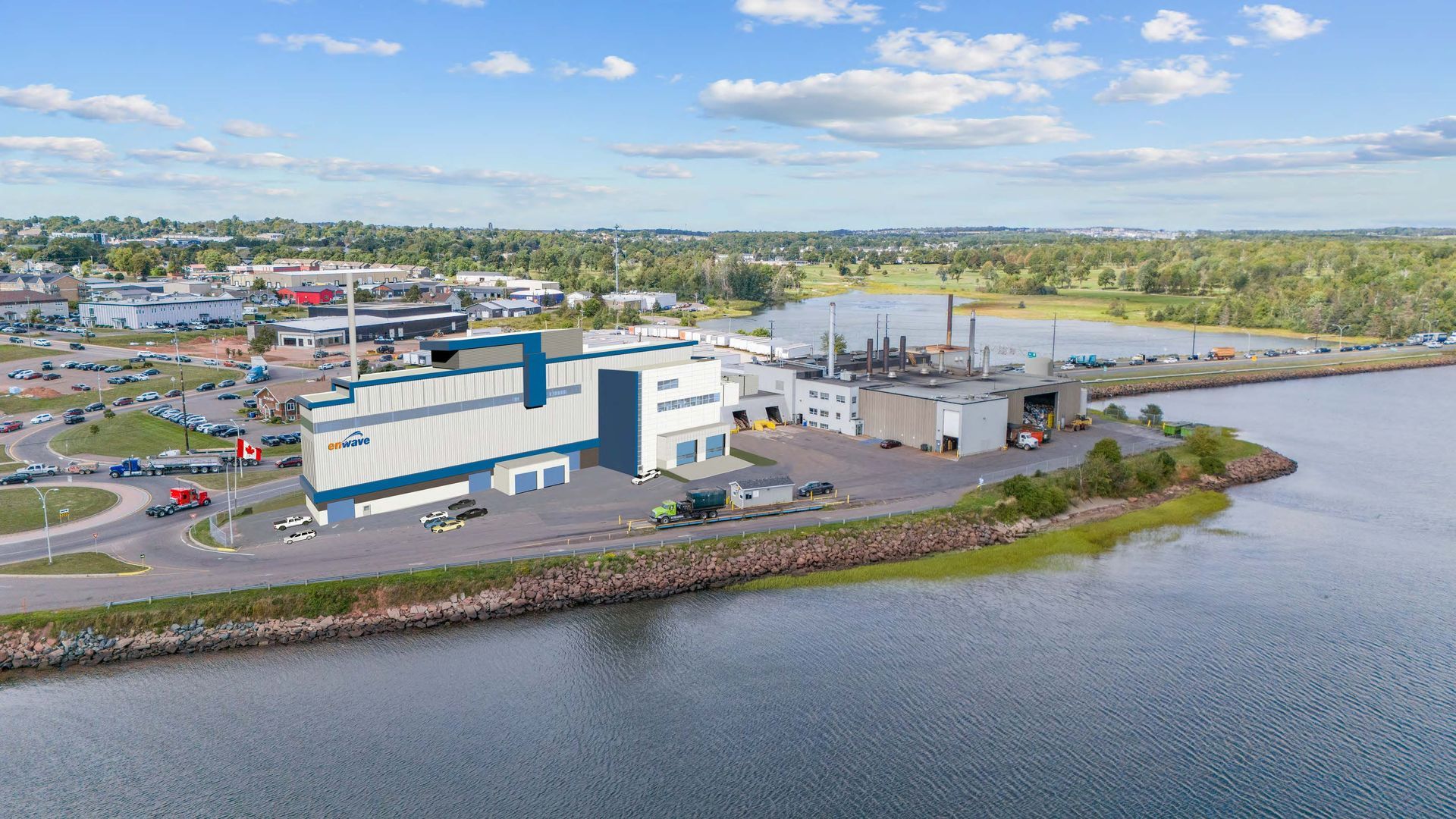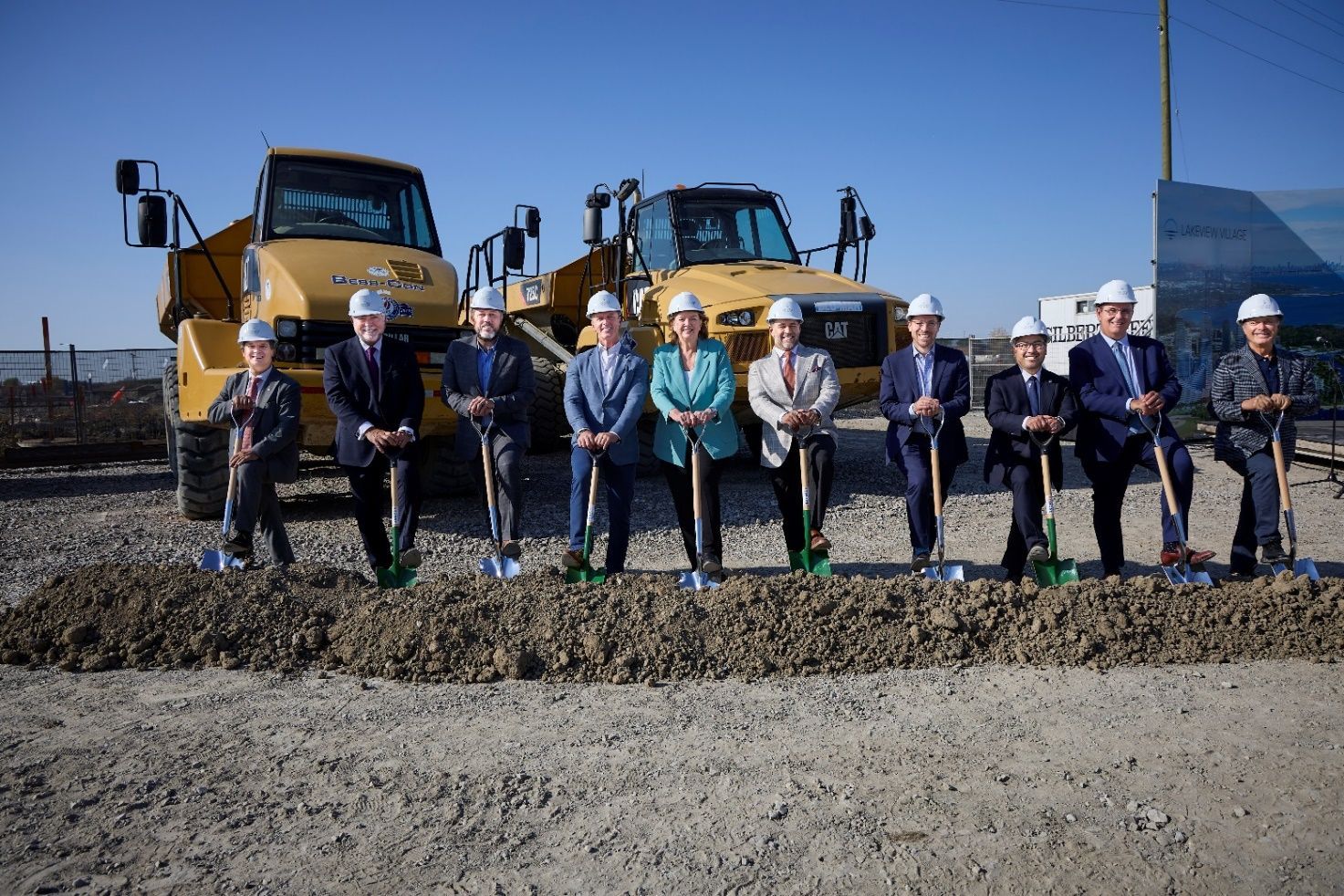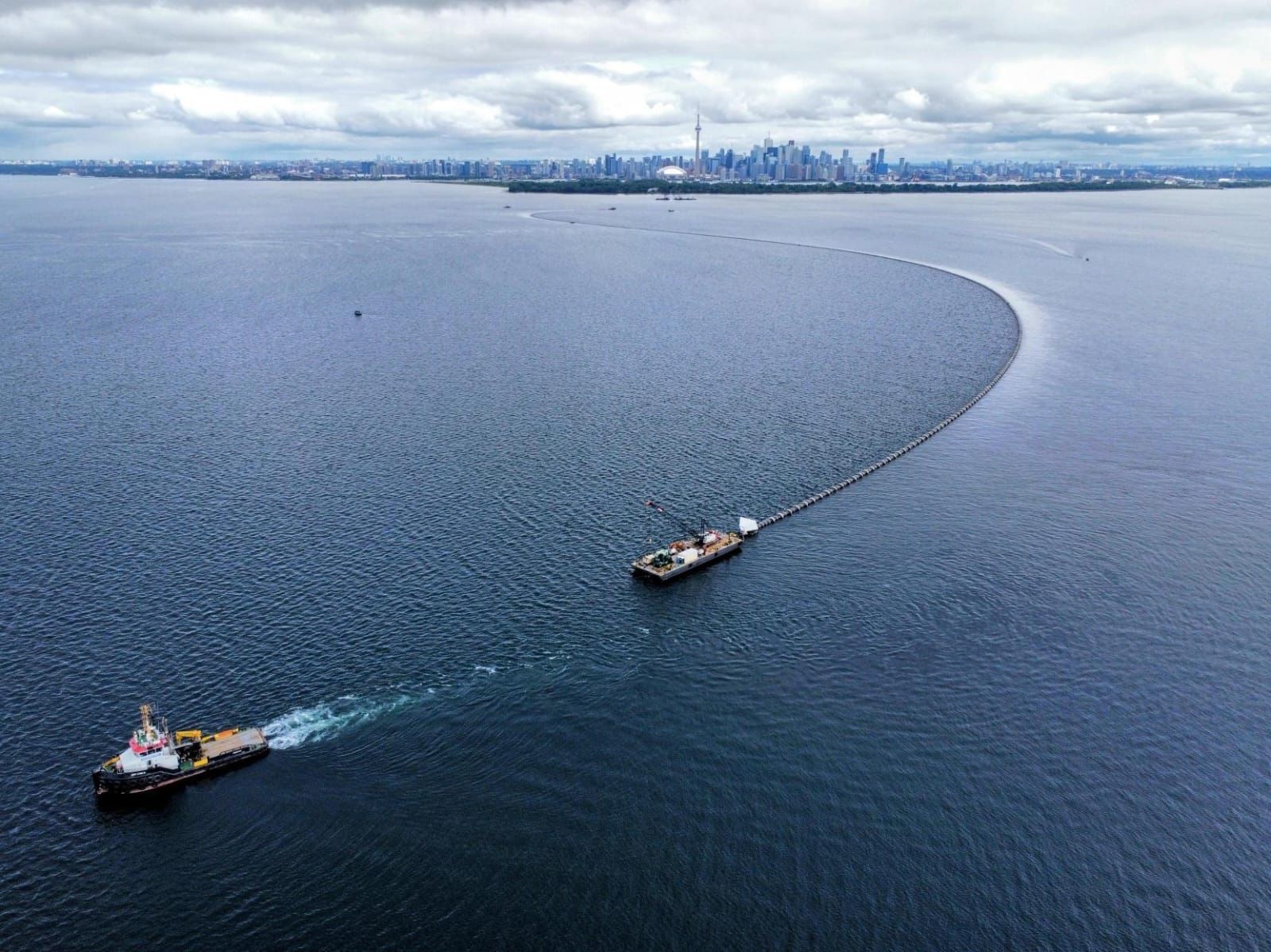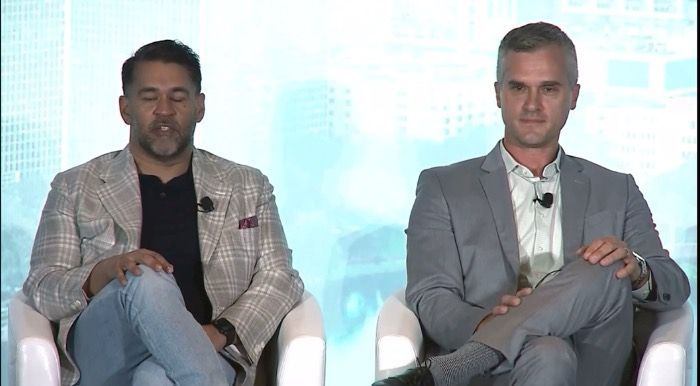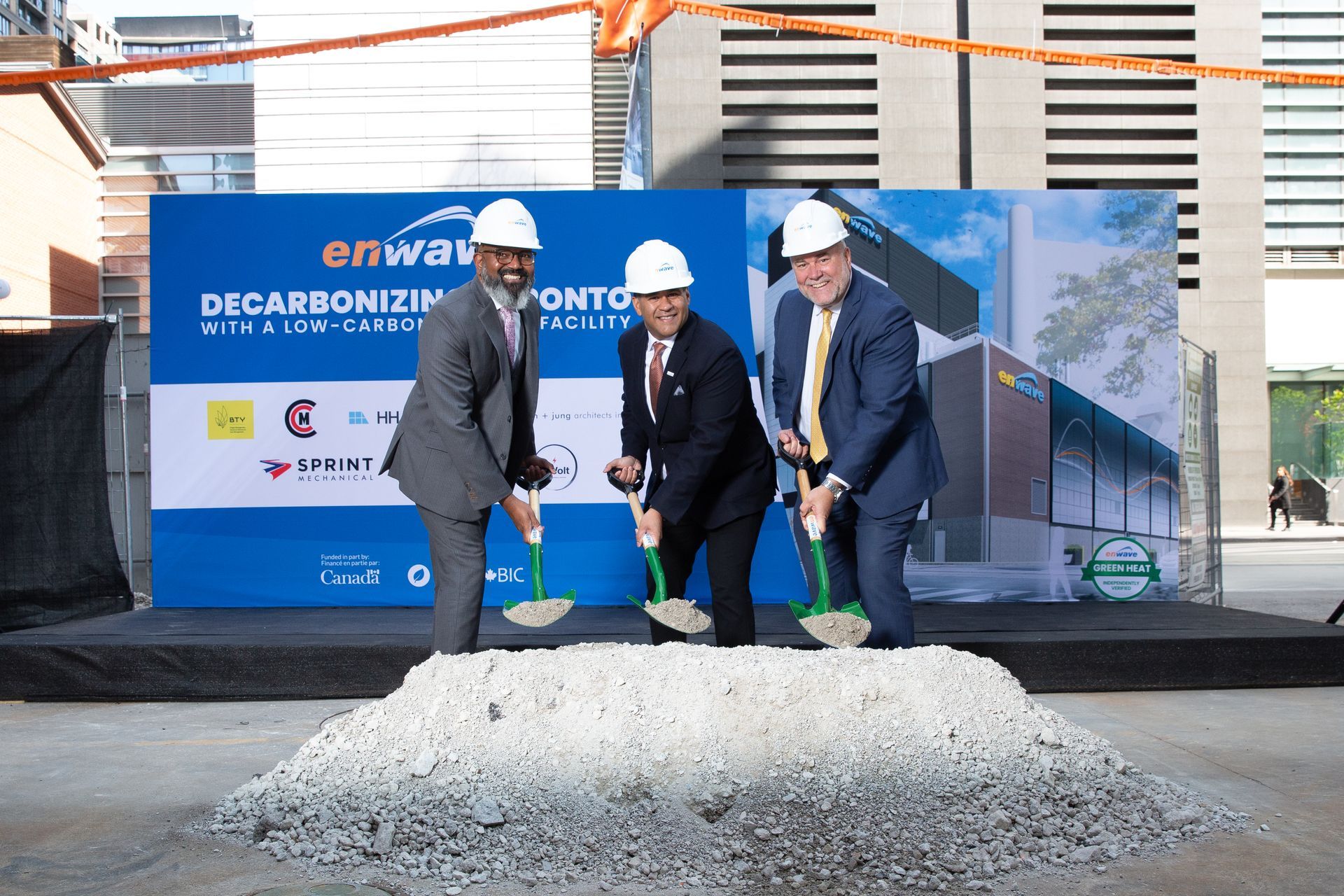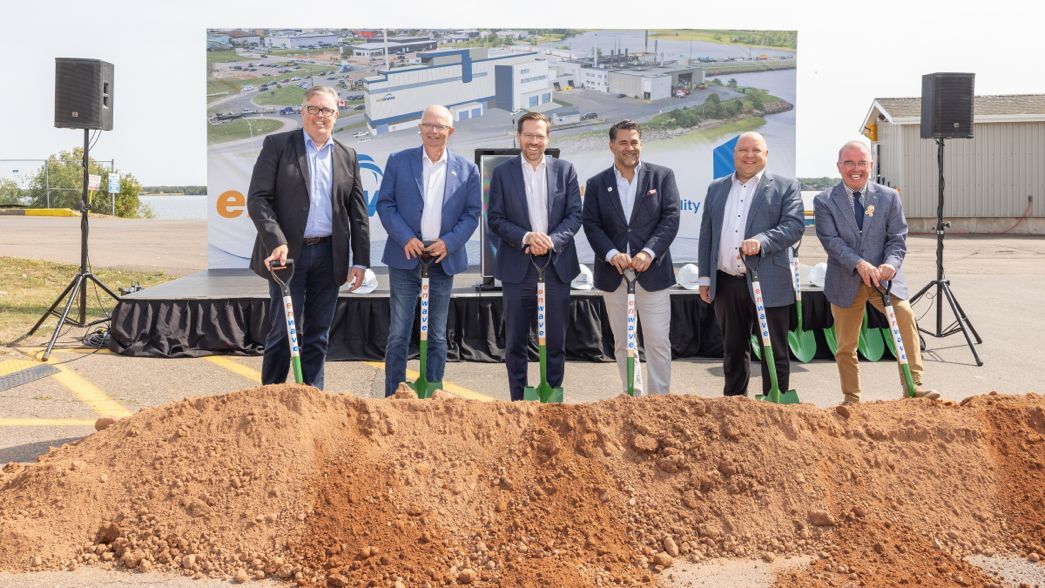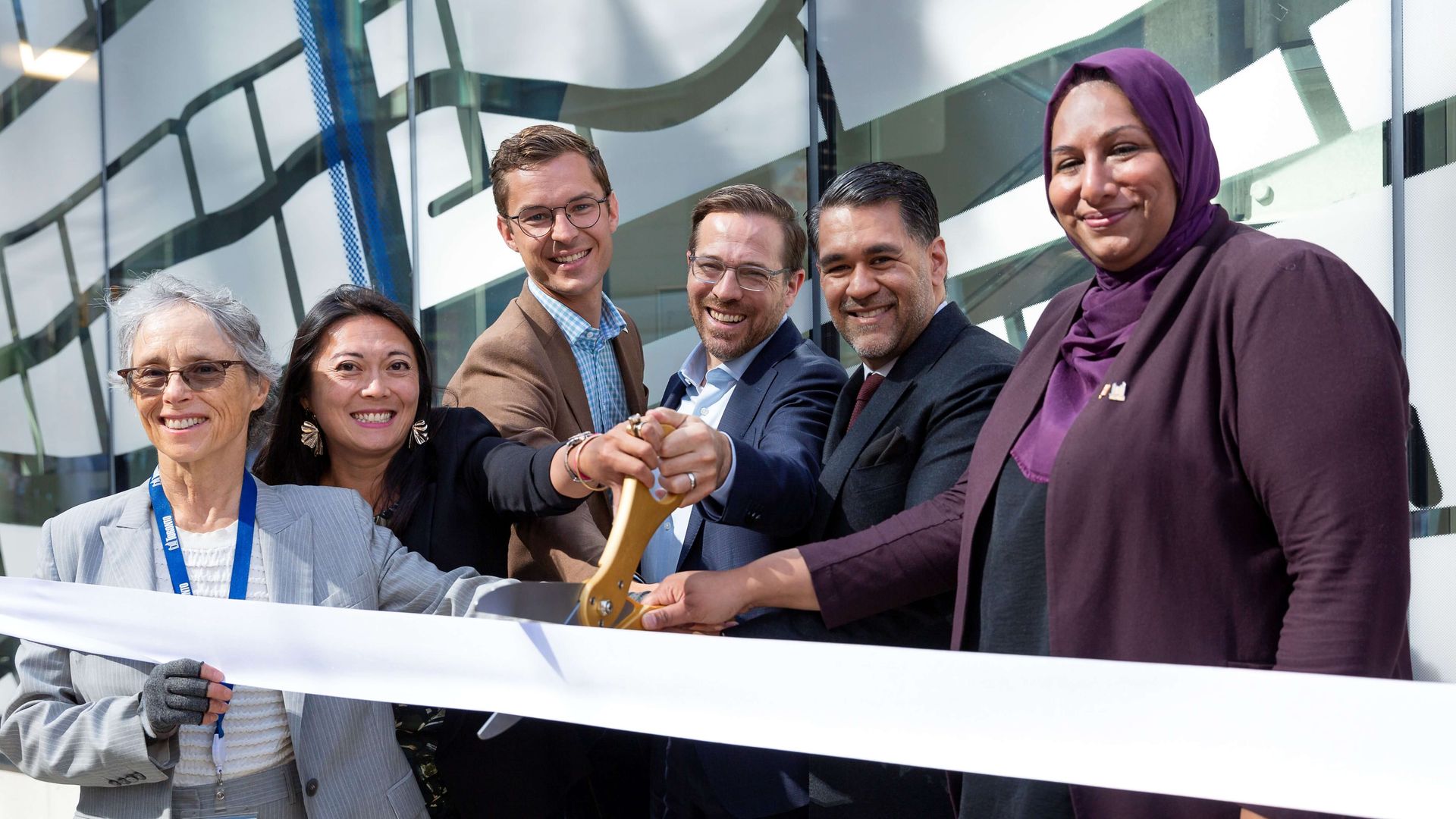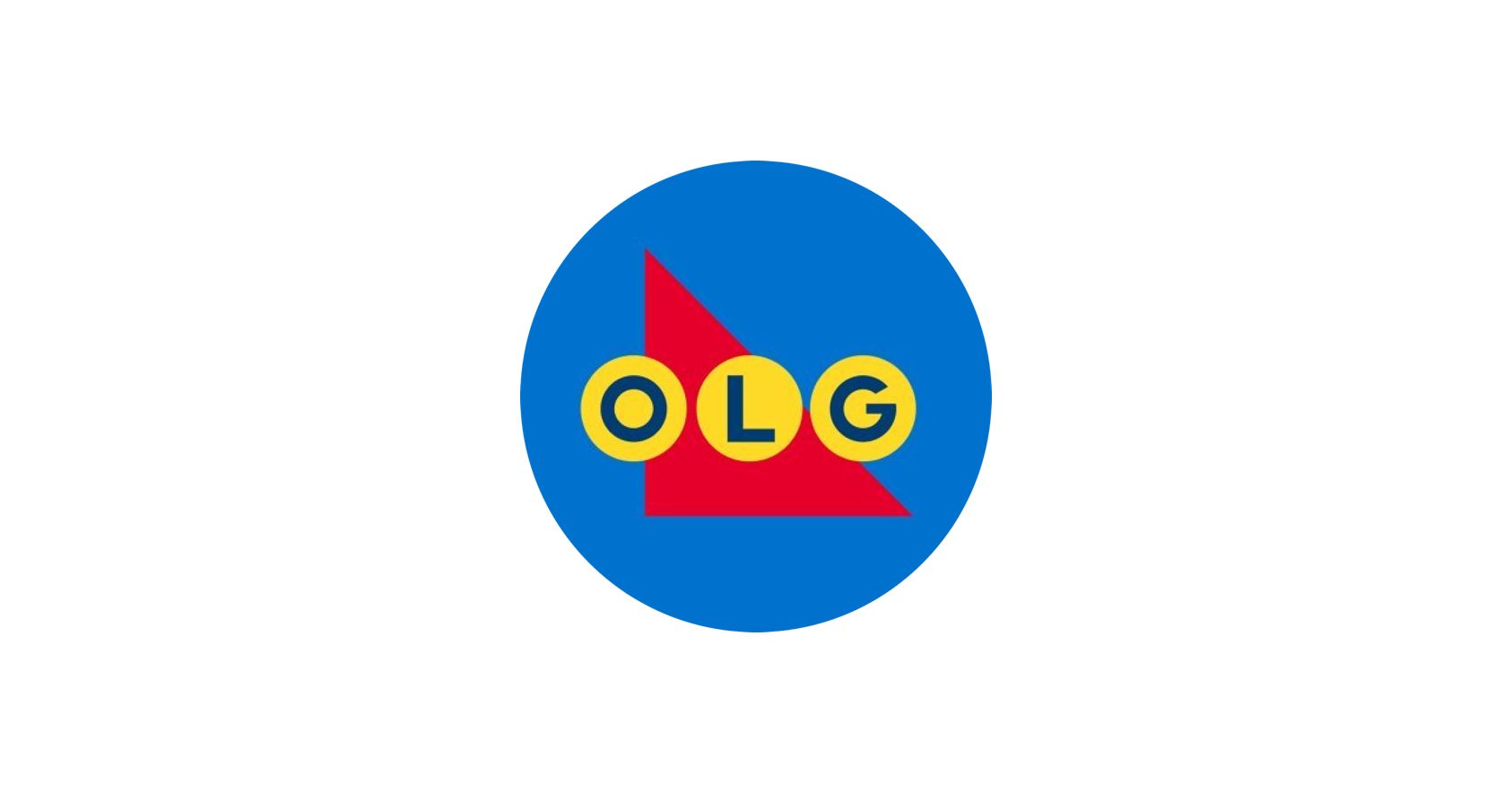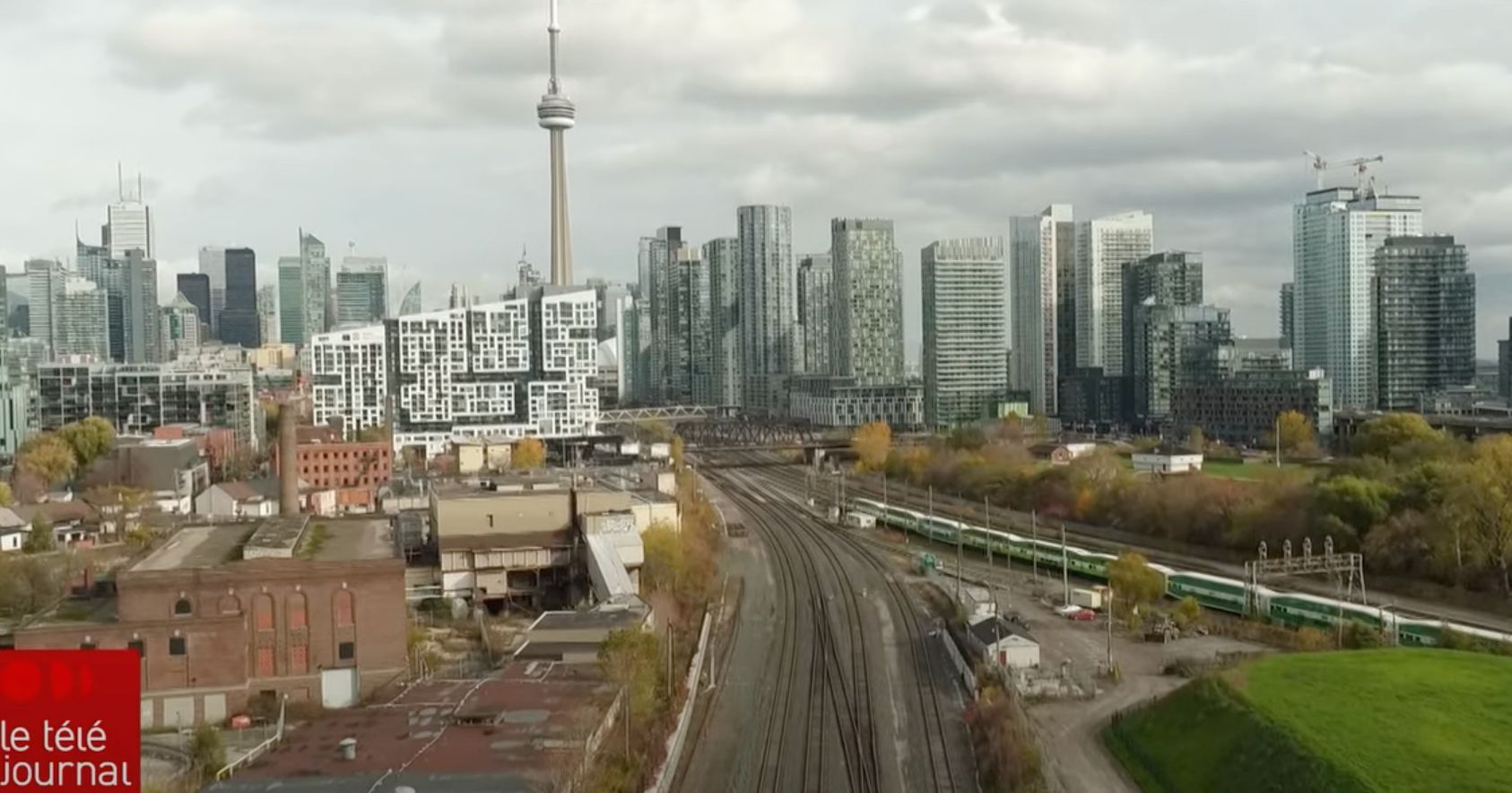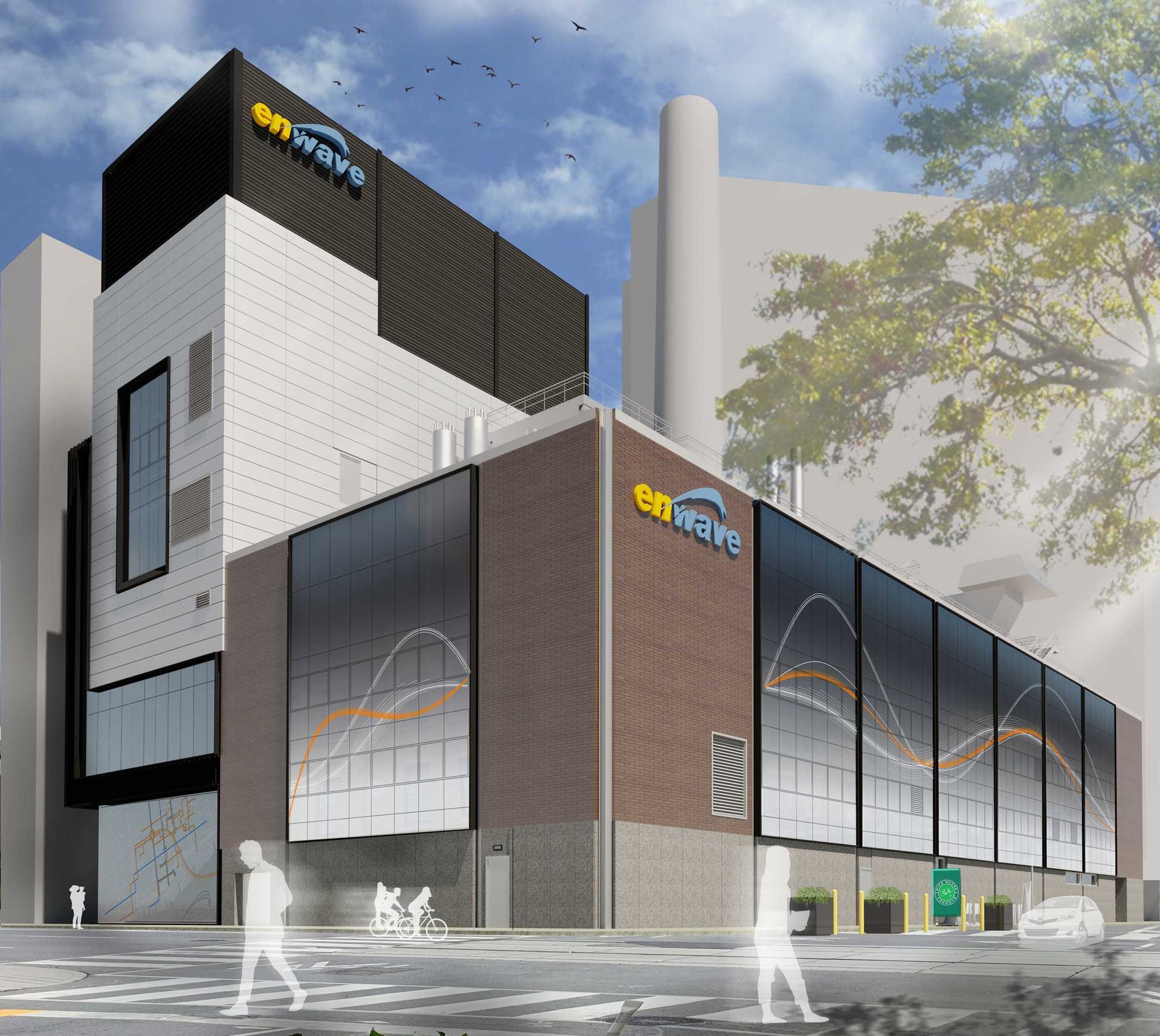Another great article on Enwave's Deep Lake Water Cooling featured in CleanTechnica. To read the article, click here.
What is the worlds' largest deep lake water cooling system like?
Deep below scenic Lake Ontario’s surface is Toronto’s most valuable source of renewable energy — cold, cold water. Since water is densest at 39°F (4°C) and sinks to the bottom, it can become a stable chilled water source for deep lake water cooling (DLWC). A very successful DLWC system now provides refreshing and soothing air temperatures to many of Toronto’s hospitals, data centers, educational campuses, government buildings, and commercial and residential buildings.
The idea behind the technology isn’t that complex: rather than focusing on energy-intensive compressors and chillers to dissipate heat from buildings, DLWC uses water from nearby Lake Ontario to whisk away the warmth. It’s a system that is sustainable, low-carbon, and energy-sharing.
Connecting to the network can reduce water consumption and operating costs, provide more predictable energy costs, and improve building resilience. The environmental benefits also run deep; the system currently displaces 55 MW of energy a year from Toronto’s electricity grid.
The deep lake water cooling result is less energy consumption than other sources and significant reductions in water consumption. The system is so successful that it saves the city 90,000 mega-watt hours of electricity use annually, which can be equated to the energy needed to power a town of 25,000. It’s expected that 30% of the city’s floor space will be connected to low-carbon heating and cooling by the year 2050.
Completed in 2004, the original DLWC system provided energy to a limited amount of customers in the city. The system became so popular, however, that Toronto’s DLWC system has nearly reached capacity, cooling over 100 downtown buildings such as City Hall, the Scotiabank Arena, Toronto General Hospital, various hotels, and a brewery.
Enwave owns and operates Toronto’s DLWC systems and shares infrastructure with the City of Toronto’s water utility. The City and Enwave operate under an existing Energy Transfer Agreement (ETA) that facilitates the transfer of cooling energy from the City’s drinking water infrastructure into Enwave’s District Energy Supply through heat exchangers.
The partnership is an essential element of TransformTO, which outlines a pathway to achieve net zero emissions in Toronto. The pathway includes a set of long-term, low-carbon goals and strategies to reduce local greenhouse gas emissions and improve the city’s health, grow its economy, and improve social equity. On October 2, 2019, the City Council voted unanimously to declare a climate emergency and accelerate efforts to mitigate and adapt to climate change, adopting a stronger emissions reduction target of net zero by 2050 or sooner. GHG emissions in Toronto were 38% lower in 2019 than in 1990.
The deep water lake cooling system features prominently in the TransformTO plan, as it already saves 90,000 mega-watt hours of electricity use annually — roughly enough to power a town of 25,000. Energy savings are about 90%, and, as the required cold water is available year-round, the need for supplementary chilling is eliminated.
It is so popular that the city has nearly reached capacity and recently committed to an expansion that may run to $100 million. “It’s a big investment,” Carlyle Coutinho, president of Enwave, told the Washington Post, adding that “it would be challenging to keep growing commercially without increasing the baseload.”
How the Deepwater Lake Cooling System Works
Traditional commercial water-cooling systems often involve towers that evaporate water as a means of expelling heat. DLWC avoids that evaporation, and Enwave estimates that the Toronto system saves roughly 220 million gallons of water annually — equivalent to 350 Olympic-sized swimming pools.
How does the DLWC system bring so much energy savings to Toronto?
- Intake pipes extend 5 kilometers into Lake Ontario.
- The pipes draw water from a depth of 83 meters.
- Cold water is pumped to the Island Filtration Plant operated by Toronto Water.
- The water moves itself through these pipes using relatively little energy.
- These 3 massive pipes are situated about half a mile distant from each other.
- A fourth pipe is in the planning stage. When installed, it could add up to 60% more capacity.
- The cold water is treated for use as drinking water before it’s conveyed to a pumping station.
- Large heat exchangers — rather than energy-intensive air conditioners and chillers — transfer thermal energy between two systems.
- Heat exchangers transfer heat, or coolness, between water loops and are located where those water loops meet — at each customer site and where the lake water pipes meet the city pipes.
- Water identified for potable city needs is minimally heated.
- The water supplied to downtown buildings to substitute for traditional air conditioning is chilled.
- Once the lake water makes it to the city, the DLWC system operates via a series of water loops.
- One loop moves the lake water;
- Another loop moves water within the downtown area; and,
- Loops in each building interact with the system serves.
- After the chilled water has circulated through and cooled the buildings, Enwave recycles the heat, returning the warm water to the pumping station to repeat the process...
Read more at https://cleantechnica.com/2021/12/06/what-is-the-worlds-largest-deep-lake-water-cooling-system-like/
Source credit: CleanTechnica
